Home | Explore our resources | Popular self-management skills | Relaxation
Relaxation
There is plenty of evidence showing that relaxation and mindfulness can help people with persistent pain. For example, we know it can lessen pain levels, reduce stress and improve concentration.
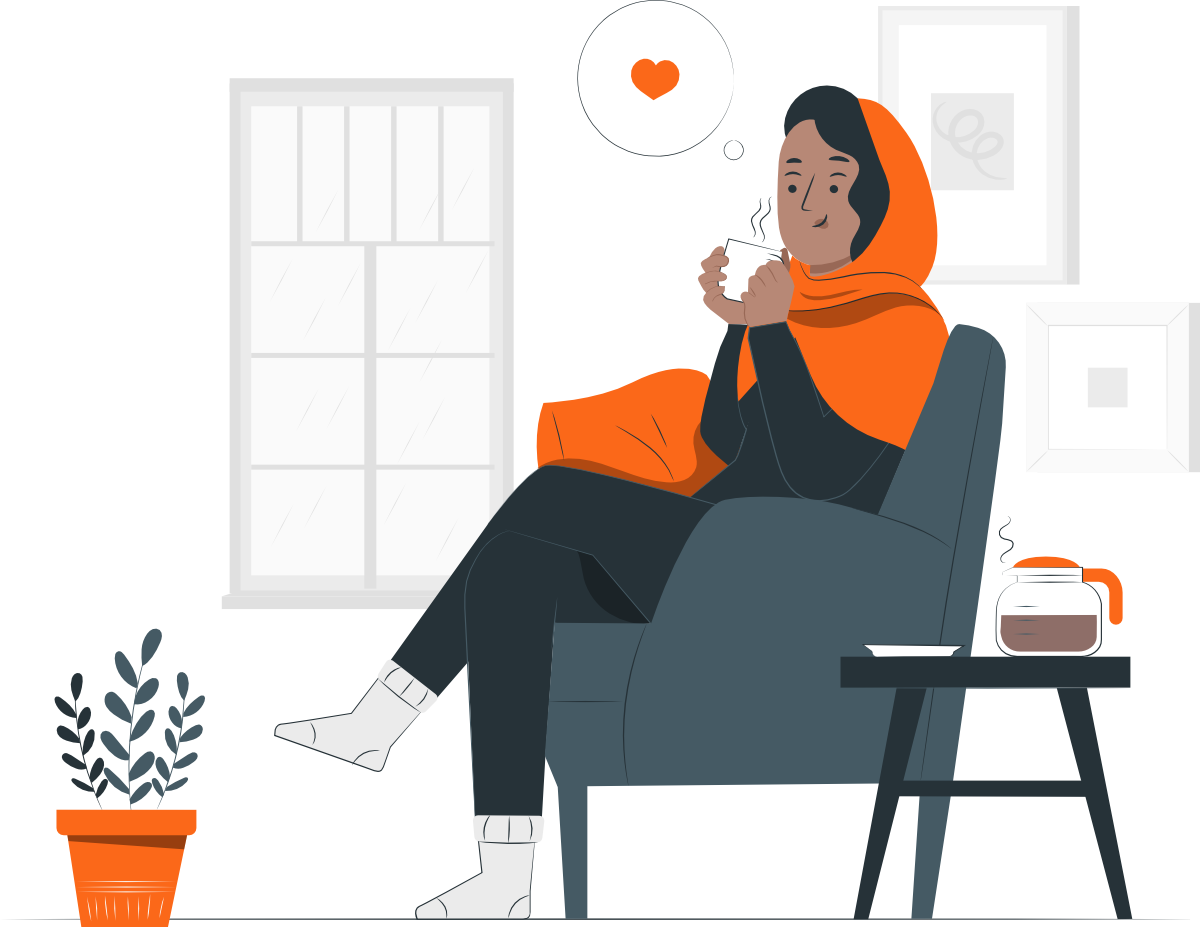
What is relaxation?
Relaxation is a skill you can learn. It happens when you guide your mind to unwind the tension and tightness within your body.
Relaxation often involves using breathing skills and focusing the mind on relaxing images, colours or experiences. Gentle tightening or stretching and relaxing movements with focus on the breath can also help to lessen the tension within the muscles and body.
Learning relaxation can be easier than you expect and many people who have struggled with pain say they can feel positive results very quickly.
Doing activities that help you unwind
Gentle exercise programmes like Yoga, listening to a relaxation CD, a warm bath with scented oils . . . the list is endless. Find something that you love to do.
Breathing and muscle relaxations
Belly breathing (also called diaphragmatic breathing) and progressive muscle relaxation are two common types.
Distracting the mind’s attention
Imagining a pleasurable activity like a walk in the countryside or along a beach can help shift your focus away from pain and other unpleasant feelings.
Find out more here
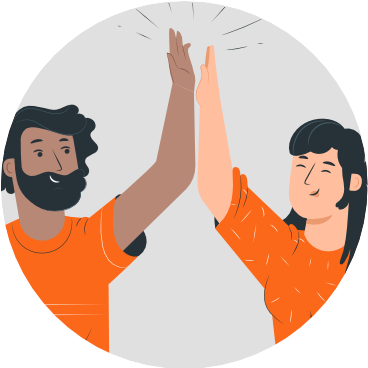 What is self management?
What is self management? Using our resources
Using our resources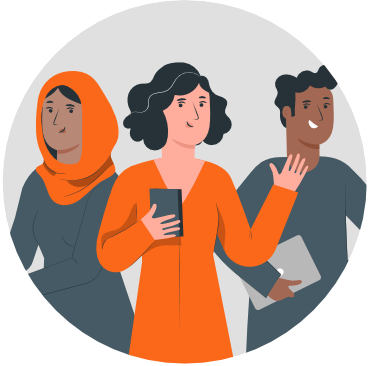 About us
About us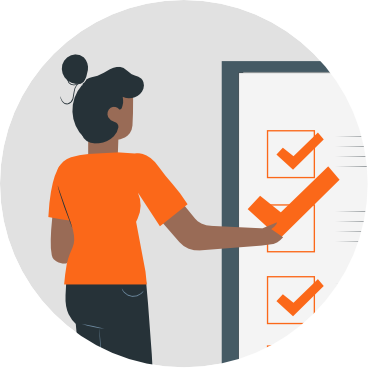 Always trusted, always free
Always trusted, always free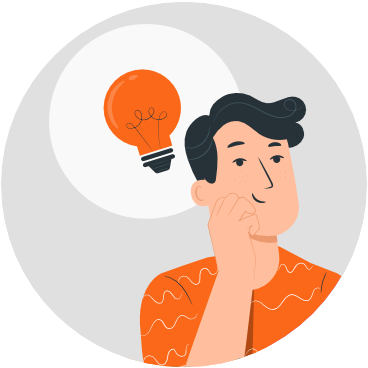 Explore our resources
Explore our resources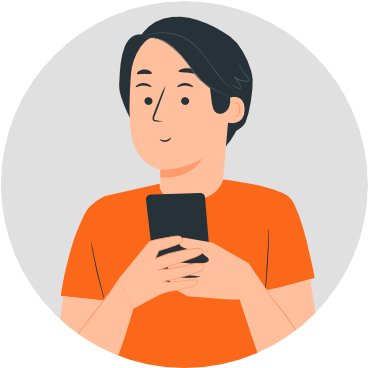 Ten Footsteps programme
Ten Footsteps programme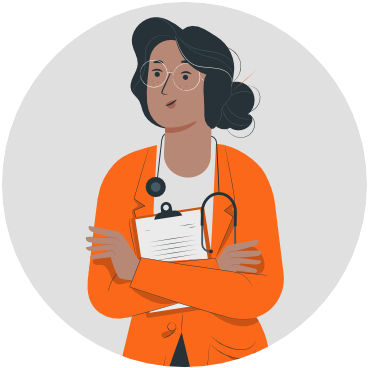 Professional tools
Professional tools Training for practitioners
Training for practitioners Our newsletter
Our newsletter Inspire – our blog
Inspire – our blog